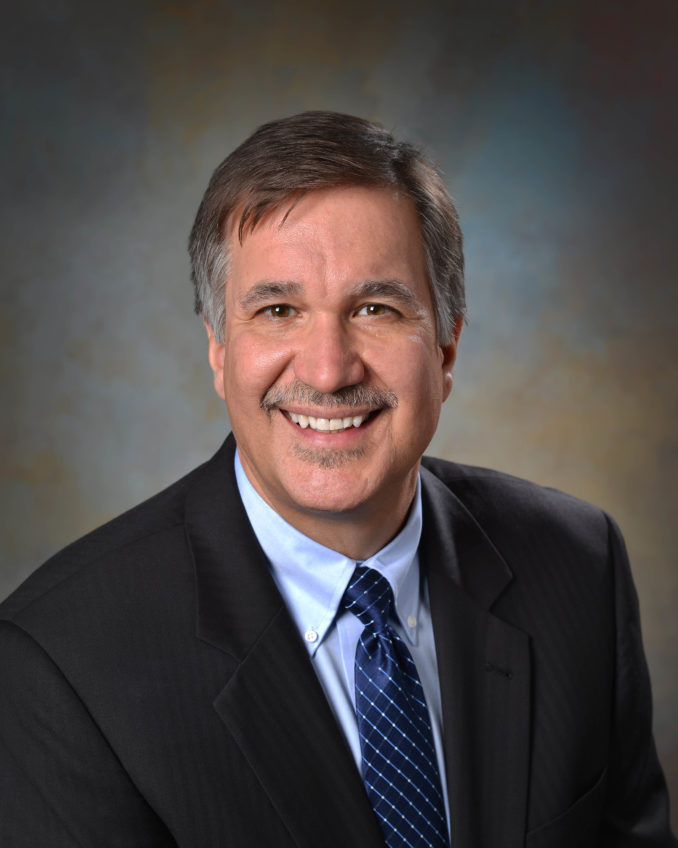
It’s no secret that baby boomers are demanding a different model of care. They are more active, vibrant and educated than generations of older adults that came before them, and they expect their living situation to support that lifestyle even as they age—that means a place that feels like home, keeps them engaged and lets them live life their way.
Another complexity we face is the growing shortage of healthcare workers. According to a recent report by Mercer, the US will need to hire 2.3 million new health care workers by 2025 in order to adequately take care of its aging population. To stay competitive, it’s up to us as senior living providers to ensure that our staff feels connected to the individuals they care for, and that they have plenty of opportunities to learn and grow within our organizations.
Here are three ways we’re changing up our staffing model to better serve a new wave of residents, while keeping employees engaged:
- Broadening responsibilities: In most long-term care environments, the certified nursing assistant is the primary day-to-day caregiver for residents. At Jewish Senior Lifee, CNAs still spend the most time with our residents, but they are trained to do more. All CNAs in our Green House Cottages learn CPR, first aid, culinary skills, safe food handling, household operations and more, so they can function as a true household. Providing training above and beyond the traditional CNA role allows staff to continue building new skills and experiences, so they can continue developing as professionals
- Self-Managed Work Teams: The team shares all care and household responsibilities, with each team member rotating his or her responsibilities to facilitate accountability for specific duties, communications, and reporting. At any given time, there is a food coordinator, a team coordinator, a housekeeping coordinator, a communications coordinator, and a care coordinator. Although staff members may find comfort in one position, rotation is necessary to provide each member of the self-managed work team with the same skill set, guaranteeing shared power and experience.
- Encouraging connectedness: This last one is more of a result than a recommendation, but creating opportunities for staff and residents to form relationships is a very powerful force for job satisfaction. As we’ve adopted the Green House Project® model of care, we’ve noticed staff and residents have truly become like family. They cook together, eat together, socialize together and take care of each other. Staff members really get to know their residents and are therefore able to provide better care.
There are a number of different ways to attract and retain great healthcare staff. As always, we continue to look for people who are compassionate, team players and great problem-solvers. These types of individuals thrive in our working environment and continue to flourish under our new model of care.
Michael King is president and CEO at Jewish Senior Life



